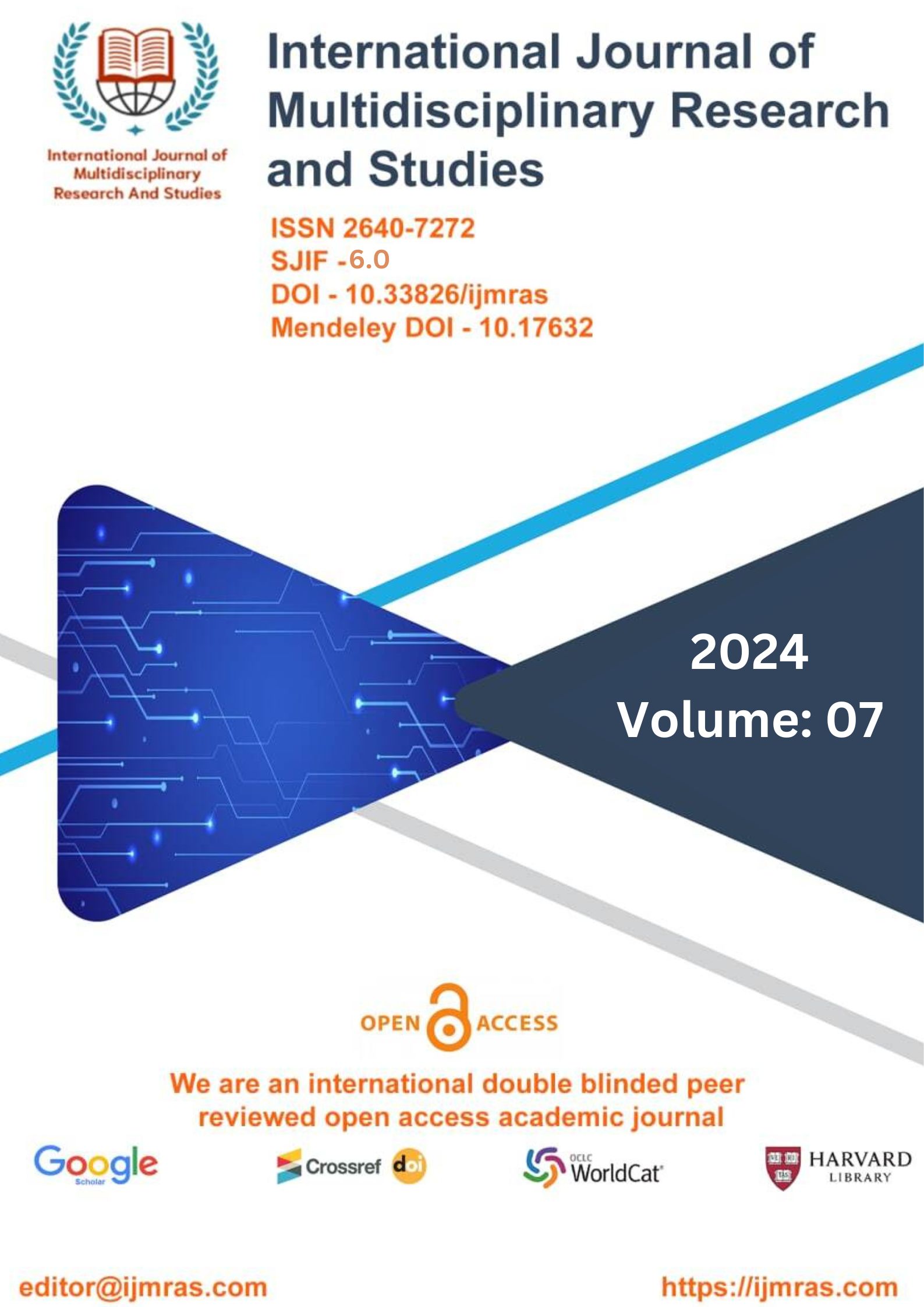1A Comprehensive Analysis of Chinese Public Hospitals with an Emphasis on Diagnosis Process and Doctor-Patient Communication

Abstract
This study looks at how doctors explain diagnostic analyses to their patients, as well as the many ways in which patients react to hearing these explanations from their doctors. The focus of this study is on how patients respond to their doctors' explanations. The results show that when making diagnoses, primary care physicians in China frequently use the exclusionary technique. In primary care consultations, medical testing (in the form of clinical tests) is typically performed to confirm the developing diagnosis. In addition, the descriptions that patients provide of their symptoms cannot align with the opinions of the specialists. It has been observed that the process of diagnosing is an evolving one that takes place at virtually every level of the consultations that have been accumulated.
Because of these discoveries, the process of diagnosis is no longer comprised of a single step (Byrne and Long, 1976), but rather a process that is continuous and continues for a significant amount of time (i.e. assessing the symptoms, explaining the symptom cause, providing a provisional diagnosis, and making a conclusion of the final diagnosis).
Keywords
Diagnostic Analysis, Medical TestingHow to Cite
References
• Annandale, E. (2014). The Sociology of Health and Medicine: a Critical Introduction. The second edition. Malden: Polity Press.
• Annandale, E., & Field, D. (2001). Medical sociology in Great Britain. In W. C. Cockerham(ed.),The Blackwell Companion to Medical Sociology. Wiley-Blackwell.
• Ariss, S. M. (2009). Asymmetrical knowledge claims in general practice consultations with frequently attending patients: limitations and opportunities for patient participation. Social Science & Medicine, 69(6), 908-919.
• Atkinson, J. M.,& Drew, P. (1979).Order in court. Springer.
• Balint, E., Courtenay, M., Elder, A., Hull, S., & Julian, P. (1993). The doctor, the patient and the group: Balintre-visited. London: Routledge.
• Barnes, B. (1982).T. S. Kuhn and Social Science. London: Mac millan.
• Barry, C. A., Bradley, C. P., Britten, N., Stevenson, F. A., & Barber, N. (2000). Patients’ un voice da gendasin general practice consultations: qualitative study. BritishMedicalJournal,320(7244), 1246-1250.
• Barry, C. A., Stevenson, F. A., Britten, N. Barber, N., Bradley, C. P. (2001). Giving voice to the life world. More effective, more humane care? A qualitative study of doctor-patient communication in general practice, Social Science and Medicine, 53, 487-505.
• Bury,M.(1997).HealthandIllnessinaChangingSociety.PsychologyPress.
• Coulter, A. (2002). The autonomous patient: Ending paternalism in medical care. London: TSO.
• Fisher, S. (1984). Institutional authority and the structure of discourse. Discourse Processes,7(2),201-224.
• Freidson, E. (1986). Professional Powers. Chicago: University of Chicago.
• Gardner, J. (2017). Patient-centered medicine and the broad clinical gaze: Measuring out comes
• Guadagnoli, E., & Ward, P. (1998). Patient participation in decision-making. Social Science & Medicine,47, 329 -339.
• Heritage, J., & Clayman, S. (2010). Talk in Action: Interactions, Identities, & Institutions. Oxford: John Wiley & Sons. In pediatric deep brain stimulation. BioSocieties,12(2),239-256.
• Korsch, B. M., & Negrete, V. F. (1972). Doctor-patient communication. Scientific American,227(2),66-75.
• Korsch, B. M., Gozzi, E. K., & Francis, V.(1968).Gaps in doctor -patient communication.
• Levinson, W., & Roter, D. (1993). The effects of two continuing medical education programs on communication skills of practicing primary care physicians. Journal of General InternalMedicine,8 (6), 318-324.
• May, C., & Mead, N. (1999). Patient-centeredness. In C. Dow rick & L. Frith (eds.), General Practice and Ethics: Uncertainty and Responsibility, pp. 62-73. Rout ledge.
• Maynard, D. W., & Heritage, J. (2005). Conversation analysis, doctor–patient interaction and medical communication. Medical education, 39(4), 428-435.
• Mead, N. & Bower, P. (2000) Measuring patient-centeredness: a comparison of three observation -based instruments. Patient Education and Counselling, 39(1),71-80.
• Mishler, E. G. (1984). The discourse of medicine: Dialectics of medical interviews (Vol. 3). Green wood Publishing Group.
• Roter, D. L, & Hall, J. A. (1992). Doctors talking with patients/Patients talking with doctors.
• Stimson,G.andWebb,B.(1975).GoingtoSeetheDoctor:Theconsultationprocessingeneralpractice.London: Routledge &Kegan Paul.
• Tuckett, D. A., Boulton, M., & Olson, C. (1985). A new approach to the measurement of patients’ understanding of what they are told in medical consultations. Journal of Health & Social Behavior, 27-38.
License
Copyright (c) 2024 FU JING, DR AFREEN BANU

This work is licensed under a Creative Commons Attribution 4.0 International License.
Individual articles are published Open Access under the Creative Commons Licence: CC-BY 4.0.




